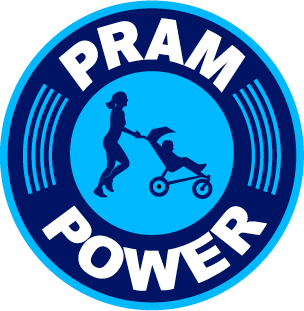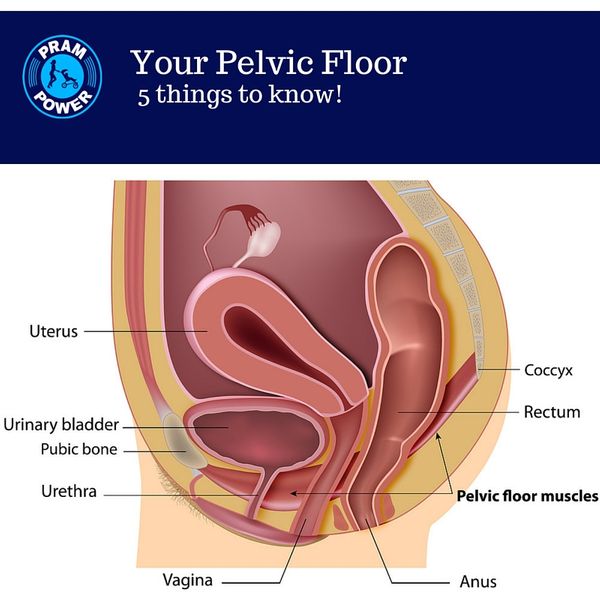PELVIC FLOOR - 2 little words that seem come up in conversation a lot more after you’ve had a baby! You may not have even been aware of it before you had a baby so what exactly is the Pelvic Floor and why is it important? Here are 5 things to know:
1. It’s a muscle.
The Pelvic Floor is actually a muscular sling like a hammock between the pubic bone and tailbone (coccyx) and it supports the bladder, bowel and uterus. Like any other muscle in your body, you have to use it to strengthen it.
Having a strong pelvic floor is vital for core stability, continence and sexual function. During pregnancy the pelvic floor muscles come under increasing strain and after birth we need to repair the stretching and strengthen it again so we can exercise, cough, sneeze or laugh without the worry of leaking urine!
2. It’s part of a group of muscles called the Core.
You can think of the Core as a cylinder with lid, bottom and walls. The Pelvic Floor is the base of the cylinder, the Diaphragm is the top or lid, and Transverse Abdominus (the deepest tummy muscle layer) and the Multifidus (back muscles) are the walls of the cylinder. So when lifting the pelvic floor, you may feel your lower abdominal muscles tightening a little too - that’s good because they work in partnership with the Transverse Abdominus. We need to maintain pressure within the core for good back health especially when we are bending and lifting things.
3. How to strengthen it - Use your imagination
There’s no doubt that performing pelvic floor exercises before, during and after pregnancy is beneficial. The great thing is that it is the one workout you can do anywhere, anytime, no exercise equipment or workout gear required. You can do them in any position - standing, sitting, lying down, whenever you remember! Different cues and images work for different people when learning correct technique so here are some ideas:
- Gently draw up the front of the pelvic floor area, keeping the buttock relaxed
- Imagine your pelvic floor muscles act like a lift in a building. Close the door, rise up a few floors. Let the doors open again.
- Imagine you are trying to stop the flow of wee.
Start with 8-10 repetitions, 3 times per day. Exhale as you lift and keep breathing throughout the exercise. Like brushing your teeth, doing regular pelvic floor lifts need to become a habit.
I highly recommended that new mums see a specialist post-natal physio if they are experiencing difficulty trying to activate their Pelvic Floor or have any unusual feeling in the area. A specialist physio can check if you are doing correct technique and offer specialised treatment to prevent issues later.
4. Lift before you lift.
As a mum we often have to do a lot of heavy lifting. It might be picking up different baby paraphernalia like getting the pram into the car, multiple bags of groceries at one time or a 12kg toddler that wants to be picked up and carried. Strengthening the core muscles will support the back in these daily activities. So remember to lift up the Pelvic Floor and draw in the lower tummy (or draw on the Core) before you lift up something heavy. Lift before you Lift!
5. We all need to do Pelvic Floor exercises – including the guys
We all have Pelvic Floors and the saying “use it or lose it’ certainly applies to the pelvic floor region. Pelvic Floor weakness is a major reason for lower back pain and having a weak pelvic floor should not be considered a normal part of ageing. Pee dribbling out after you sneeze is not normal. We should all be able to lift, laugh and exercise with confidence. An extra bonus is that toned pelvic floor muscles can enhance your sex life – a great reason to encourage your partner to do their exercises too!
So now that we know how important the pelvic floor is, perhaps we’ll take those little movements more seriously, it’s a far sexier muscle than having abs of steel!

